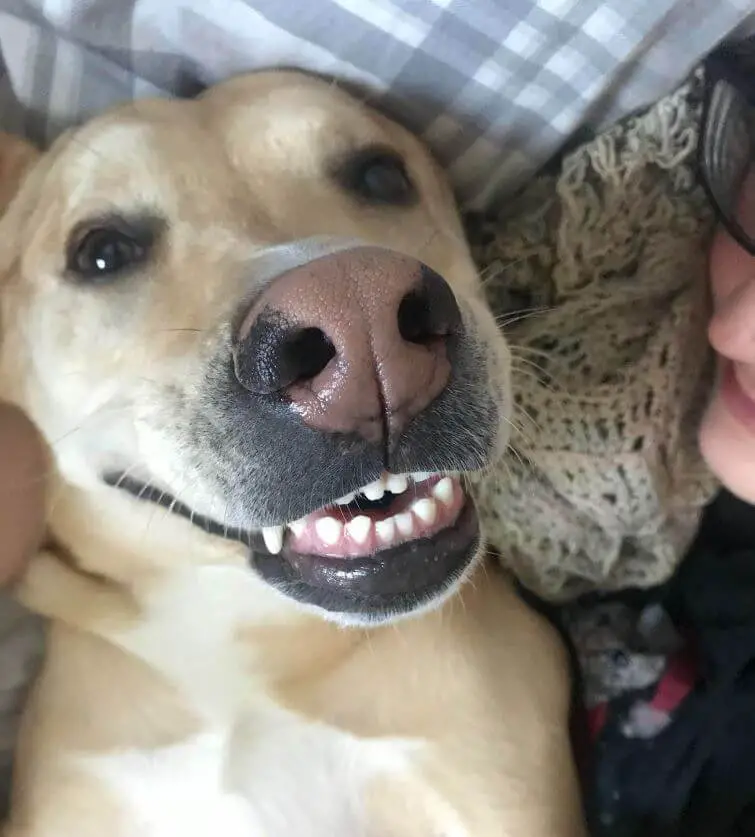Maintaining your dog’s oral health is essential for their overall well-being. Just like humans, dogs can develop dental issues if their teeth and gums are not properly cared for. Regular brushing is a crucial aspect of dental hygiene for your furry friend. In this article, we’ll provide you with valuable tips on how to brush your dog’s teeth effectively, ensuring they enjoy a healthy and happy smile for years to come.
Why Brushing Matters:
Dental problems in dogs can lead to discomfort, pain, and even more severe health issues. Regular brushing helps prevent the buildup of plaque and tartar, which can lead to gum disease, tooth decay, and bad breath. By establishing a consistent brushing routine, you can significantly reduce the risk of dental problems and enhance your dog’s quality of life.

Tips for Effective Brushing:
- Start Gradually: If your dog isn’t accustomed to having their teeth brushed, start slowly. Begin by letting them get used to having their mouth touched and gradually introduce the toothbrush over several sessions.
- Choose the Right Tools: Invest in a toothbrush specifically designed for dogs. These brushes usually have softer bristles and a shape that’s suitable for a dog’s mouth. Additionally, use dog-friendly toothpaste that comes in flavors your dog will enjoy.
- Positive Associations: Make toothbrushing a positive experience for your dog. Use treats, praise, and gentle words to reward them for their cooperation during the process.
- Positioning: Find a comfortable and calm environment for toothbrushing. Gently lift your dog’s lip to access their teeth, and maintain a gentle yet firm grip to prevent them from moving.
- Focus on the Outer Surfaces: Concentrate on brushing the outer surfaces of your dog’s teeth. Plaque and tartar tend to accumulate on these surfaces, leading to dental problems.
- Use Circular Motions: Use gentle circular motions to brush your dog’s teeth. Pay extra attention to the gumline, where bacteria can accumulate.
- Be Patient: Initially, your dog may resist toothbrushing. Be patient and consistent, gradually increasing the duration of each brushing session.
- Frequency: Aim to brush your dog’s teeth two to three times a week. Regularity is key to maintaining good oral hygiene.
- Professional Dental Care: While brushing is essential, consider scheduling regular professional dental cleanings with your veterinarian. They can perform a thorough cleaning and address any issues that may arise.

Alternatives to Brushing:
If your dog absolutely refuses to have their teeth brushed, consider these alternatives:
- Dental Chews: Dental chews are designed to promote oral health by helping to remove plaque and tartar as dogs chew.
- Water Additives: Some water additives can help reduce bacteria in your dog’s mouth and improve their breath.

Brushing your dog’s teeth is a simple yet crucial practice that can significantly impact their overall health and well-being. By following these tips and gradually introducing a brushing routine, you’re taking proactive steps to prevent dental issues and ensure your dog enjoys a happy, healthy smile. Remember, patience and positive reinforcement are key as you work toward establishing a regular brushing routine that benefits your beloved canine companion.
